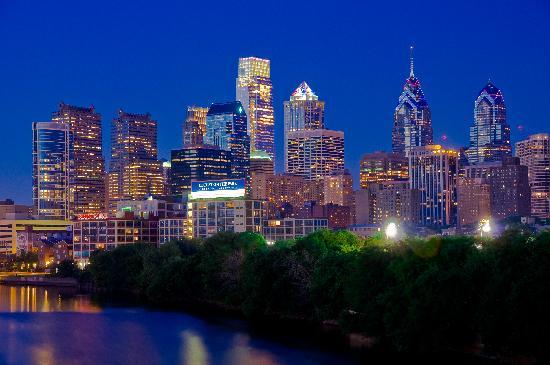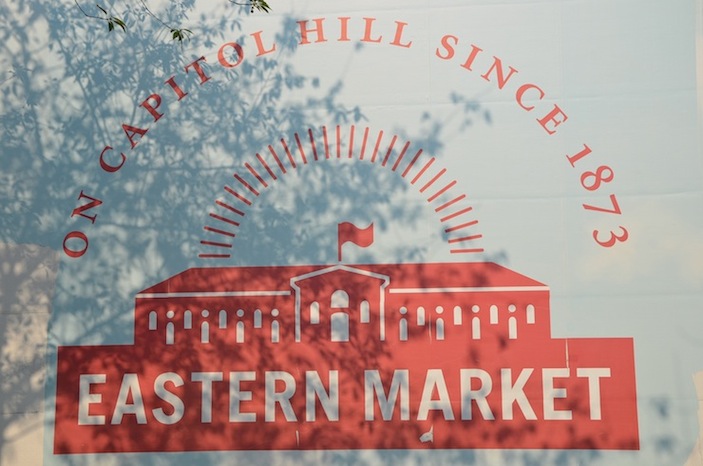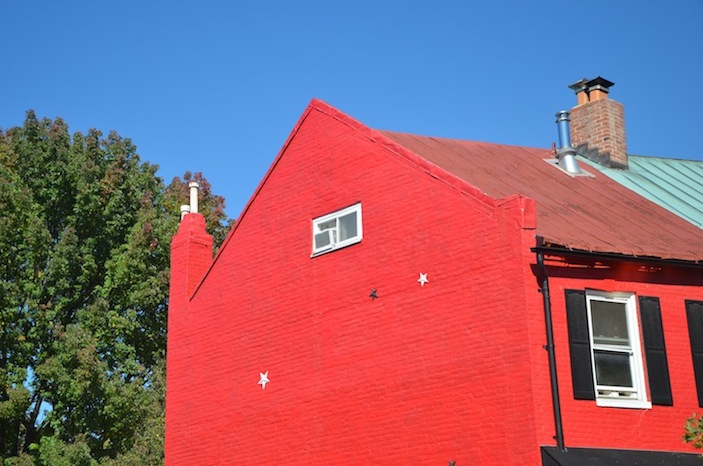IDphilly: The Sibling Looking to Fit In
Welcome to Philly. You know, Philly. Philly? Like, Philadelphia? You mean that place where the Founding Fathers signed those documents that started the modern day United States of America? That place where they make really greasy fake steak sandwiches with cheese sauce that for some reason are famous? Ah, but of course….Philly!
Poor Philadelphia. Located anywhere else, it may in fact be considered a great city—an esteemed tourist attraction garnering attention from far and wide. I mean, surely it has more to offer than places like Dallas or Houston, right? And yet Philly often finds itself playing the role of red-headed stepchild…occasionally paid attention to only because you can’t avoid it, but typically shunned in favor of the taller, prettier, more charming siblings.
If Philadelphia were in Texas, its image would be a lot different. Unfortunately, it rests just about 90 miles (150 kilometers) from New York City to the north, and about 150 miles (240 kilometers) from Washington, D.C. to the south. As a result, it is often overlooked, because it has the same grime and grit that plagues some of its more well-known neighbors, but without quite as much charm.
Philly has a nice art museum (Rocky steps, anyone?). And some world-class universities (UPenn is among the world’s best). It has luscious green parks, a strong sporting tradition, and eclectic ethnic neighborhoods. A walk through the traditional Italian section of Philly south of downtown (which is bigger than NYC’s Little Italy if you’re keeping track), will send you back to the early 1900s, when an estimated 600,000 Italians called this place home.
Unfortunately, as nice as some of these things are, they aren’t differentiated enough from what Big Brother 90 miles to the north has to offer. Art museums? Check. World class universities? Check. Green parks, sports and eclectic, melting pot neighborhoods? Check. As for the more famous Little Brother to the south, well, Philly was once the Capitol of the United States, but that was before it was a global superpower. So only DC has been able to bill itself the “most powerful city in the world.” (perhaps for a few more years, anyway).
And while NYC and DC have their share of problems with crime, occasionally corrupt governments, and the like, well….these things happen just as much in Philly.
As the fourth-largest city in the U.S., trailing only New York, Los Angeles and Chicago, Philly is surely deserving of a bigger name than it currently has. Perhaps we should just pack it up and ship it Midwest, and then you may see Philly popping up on some more tourist agendas :).
.jpg)




















